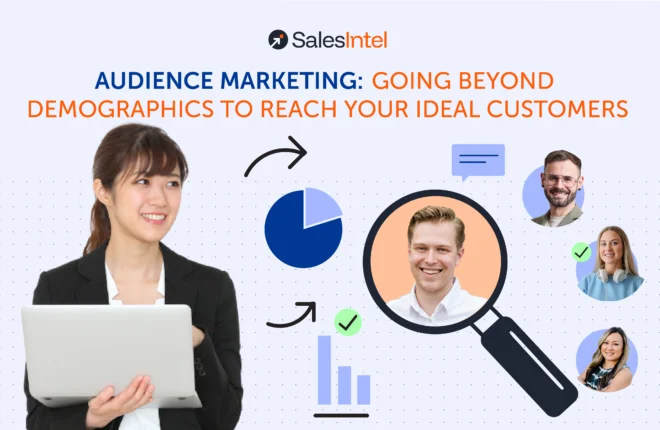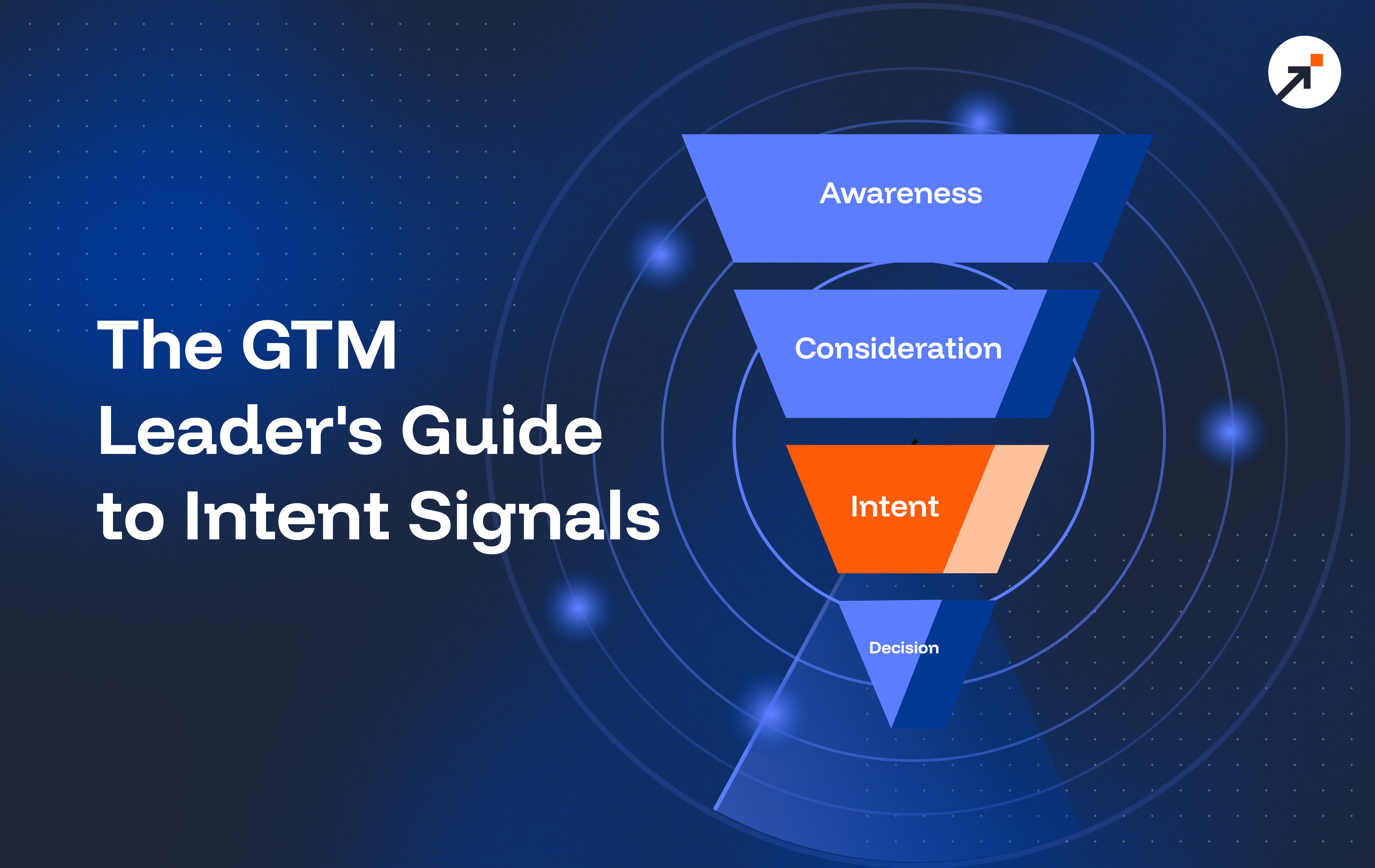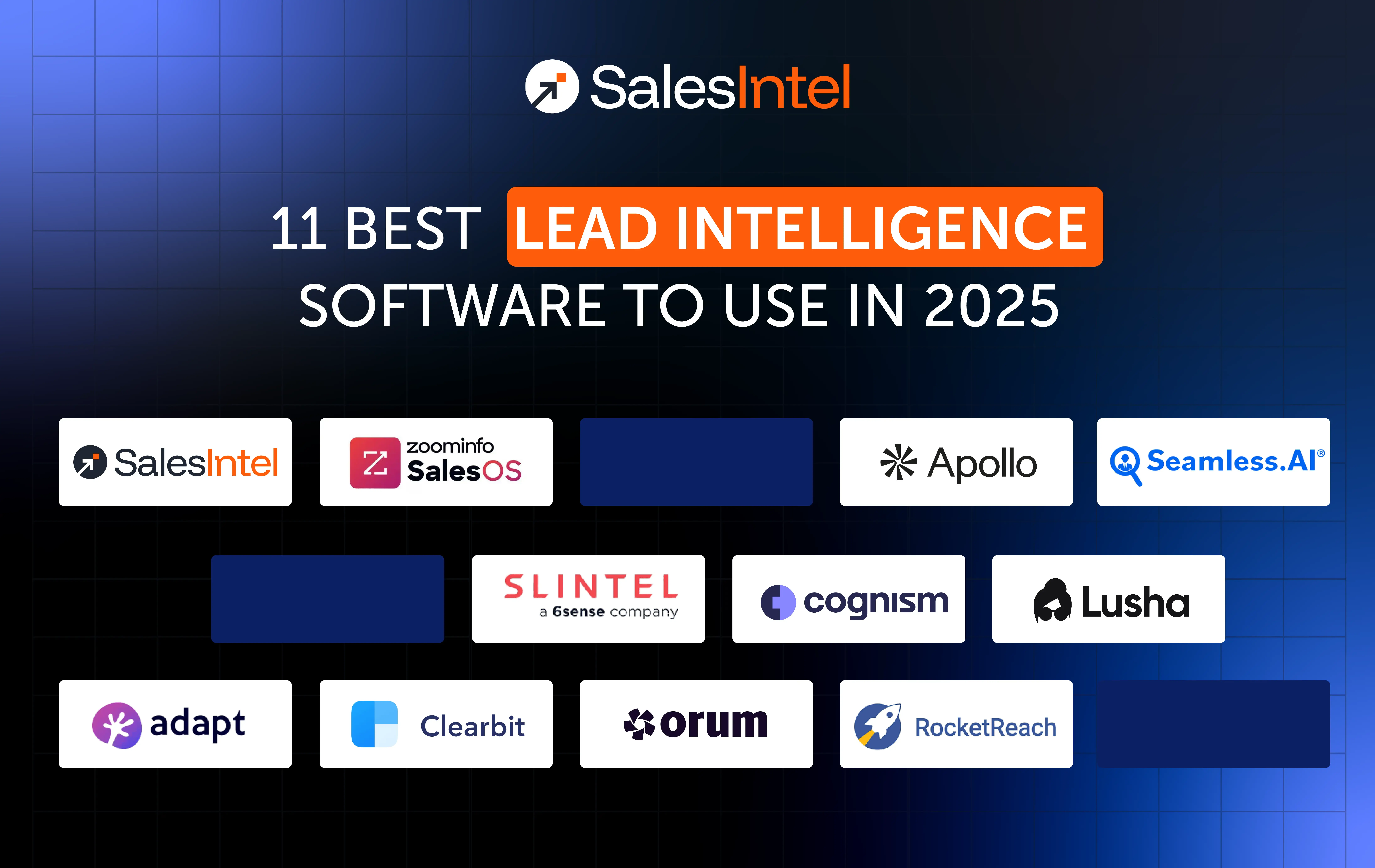In the vast ocean of marketing, relying solely on demographics is like fishing with a net full of holes. You might catch something, but more often than not, the big fish slip away. Traditional demographic-based marketing, while foundational, often leaves marketers scratching their heads, wondering why their campaigns aren’t resonating. Could it be that age and gender don’t tell the whole story?
The Limitations of Traditional Demographic-Based Marketing
Demographics provide a snapshot. A quick glance at who your audience might be. But imagine trying to understand a complex novel by only reading the chapter titles. Demographics offer surface-level insights, revealing aspects like age, gender, and income. However, they fall short in uncovering the intricacies of buying intent or specific business needs. For instance, consider two Chief Marketing Officers (CMOs): one from a burgeoning tech startup and another from a well-established manufacturing firm. Both share the same title, but their challenges and priorities are worlds apart. Without delving deeper, marketing messages risk becoming generic, akin to a one-size-fits-all hat. Rarely a perfect fit for anyone.
The Shift to Audience Marketing
Enter audience marketing
A strategy that feels like switching from black-and-white TV to full-color HD. Instead of painting everyone with the same broad brush, audience marketing segments and targets customers based on firmographics, technographics, intent data, and behavior. This approach transforms marketing from a monologue into a tailored conversation. The benefits? Increased engagement, as messages resonate more deeply; higher conversion rates, thanks to precise targeting; and an improved customer experience that fosters trust and loyalty.
Key Data Points for Effective Audience Marketing
To truly understand and reach your ideal customers, it’s essential to look beyond basic demographics. Here are the key data points that can enhance your audience marketing strategy:
A. Firmographics: Understanding Business Profiles
Firmographics delve into the characteristics of businesses, much like demographics do for individuals. This includes aspects such as company size, industry, revenue, growth stage, and location. By understanding these elements, marketers can tailor their messaging to align with a business’s specific priorities. For example, a startup and an enterprise may both require cybersecurity solutions, but their needs and budgets will differ significantly.
B. Technographics: Leveraging Tech Stack Insights
Technographics focus on the technology a company utilizes, such as CRM systems, marketing automation tools, and cloud services. Knowing a prospect’s tech stack allows marketers to position solutions that integrate seamlessly or enhance existing infrastructures. For instance, if a company already uses HubSpot, promoting a Salesforce-exclusive integration might not resonate.
C. Intent Data: Identifying Buyers Ready to Act
Intent data tracks online behaviors like content consumption, visits to competitor websites, and product research to gauge purchase intent. Engaging prospects armed with this data means reaching out at the opportune moment with a message that hits home. Notably, 70% of B2B buyers conduct research before ever talking to sales.
D. Behavioral Insights: Personalizing Based on Actions
Behavioral insights analyze engagement patterns, past interactions, and customer preferences. By understanding a prospect’s behavior, marketers can tailor content, emails, and ads to align with their interests. For example, if a lead frequently engages with content about Account-Based Marketing (ABM), it’s a strong indicator they’re interested in ABM solutions.
How to Implement Audience Marketing in Your Strategy
Marketing today is no longer about casting the widest net, it’s about precision. Guesswork and assumptions will only waste time and resources. Instead, audience marketing ensures that every message, every outreach, and every ad reaches the right people at the right time. But how do you implement it effectively? Let’s break it down.
1. Define Your Ideal Customer Profile (ICP)
Not all prospects are created equal. Some will be the perfect fit for your product, while others will drain your marketing budget without converting. The key is identifying your best potential customers before you even begin outreach.
- Go beyond demographics. Traditional targeting focuses on job titles, industries, and locations. But real audience marketing digs deeper. By combining firmographics (company size, revenue, growth stage), technographics (the tools and software they use), and behavioral data (engagement history, past purchases), you can refine your ICP to target businesses that are most likely to benefit from your solution.
- Why does it matter? Research shows that 50% of B2B marketers struggle with poor lead quality, often due to a lack of precise audience segmentation (Source: HubSpot). When you define your ICP based on multiple data points, you eliminate low-value leads and focus only on those with real conversion potential.
- Example in action: Imagine you sell a marketing automation platform. A small e-commerce startup and a Fortune 500 retail brand might both be interested, but their needs, budgets, and pain points are drastically different. Without defining your ICP, you risk sending the same message to both – alienating one and missing the mark with the other.
A well-defined ICP ensures that your marketing speaks directly to those who are most likely to convert, increasing both efficiency and ROI.
2. Leverage Intent Data Platforms
What if you could know which companies are actively researching solutions like yours before they even contact you? That’s the power of intent data.
- Intent data tracks buying signals. It monitors online behavior, such as searches for relevant keywords, visits to competitor websites, and engagement with industry content. This helps identify prospects who are already considering a purchase.
- Why does it matter? A study by Forrester found that 74% of B2B buyers choose the vendor that was first to add value during their decision-making process (Source: Forrester). If you wait until prospects fill out a form or request a demo, you may already be too late.
- Example in action: Let’s say a mid-sized SaaS company frequently visits blog posts about sales automation, downloads competitor comparison guides, and engages with pricing-related content. This is a clear sign they are in-market for a solution. Using tools like SalesIntel, you can identify these signals early and engage them with relevant content before they finalize their decision.
Without intent data, you are playing a waiting game. With it, you take control of your outreach, increasing both timing and relevance.
3. Personalize Content and Outreach
The fastest way to lose a prospect’s interest? Sending them a generic email that looks like it was copy-pasted to a thousand other people.
- Personalization goes beyond “Hi [First Name].” It means tailoring messaging to a prospect’s industry, company size, tech stack, and pain points. It’s about making them feel like the solution was built just for them.
- Why does it matter?
Personalized email campaigns deliver 6x higher transaction rates compared to non-personalized ones (Source: Experian). If you want engagement, personalization is not optional, it’s necessary. - Example in action:
Imagine a cybersecurity company targeting two different businesses. One is a startup with a small IT team, concerned about budget-friendly security solutions. The other is a large enterprise looking for advanced AI-driven threat detection. If both receive the same email, neither will resonate. But if the startup gets an email emphasizing affordability and ease of implementation, while the enterprise gets one focused on cutting-edge AI capabilities, engagement rates will skyrocket.
A well-personalized message feels less like a pitch and more like a conversation. And conversations lead to conversions.
4. Use Multi-Channel Engagement
A single email won’t cut it. Today’s buyers consume information across multiple platforms, so your outreach needs to meet them wherever they are.
- Diversify your approach.
Email marketing is effective, but it’s just one piece of the puzzle. LinkedIn, webinars, retargeted ads, and industry events all contribute to building familiarity and trust. - Why does it matter?
According to Salesforce, 80% of B2B buyers expect a consistent experience across channels (Source: Salesforce). If your email says one thing, your LinkedIn presence says another, and your ads look unrelated, your brand will feel disjointed and unreliable. - Example in action:
A prospect might ignore your first email. But later, they see a targeted LinkedIn ad about your solution. A week later, they notice your company hosting a webinar on a topic they care about. Eventually, they visit your website and engage. Each touchpoint reinforces the last, increasing the likelihood of conversion.
Multi-channel engagement isn’t about bombarding prospects with content it’s about creating a seamless journey that nurtures them toward a decision.
Audience marketing is not just another trend, it’s the foundation of modern B2B success. By defining your ICP, leveraging intent data, personalizing outreach, and engaging across multiple channels, you create a marketing engine that is both efficient and highly effective.
The difference between a successful campaign and a wasted budget often comes down to one thing: relevance. The more relevant your message, the more impactful your results. And in a world where buyers are bombarded with information, relevance is the only way to stand out.
The Future of Audience Marketing
The marketing landscape is evolving, and clinging to outdated demographic-based strategies is akin to using a map in the age of GPS. Audience marketing, with its rich tapestry of data-driven insights, offers a path to more meaningful engagements and successful outcomes. By embracing this approach, businesses can ensure their messages not only reach their intended recipients but also resonate deeply, fostering lasting relationships and driving growth.




